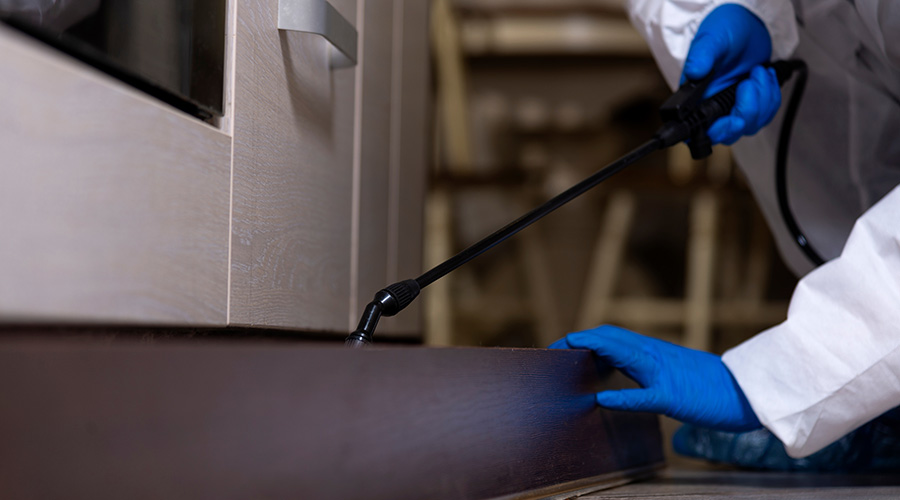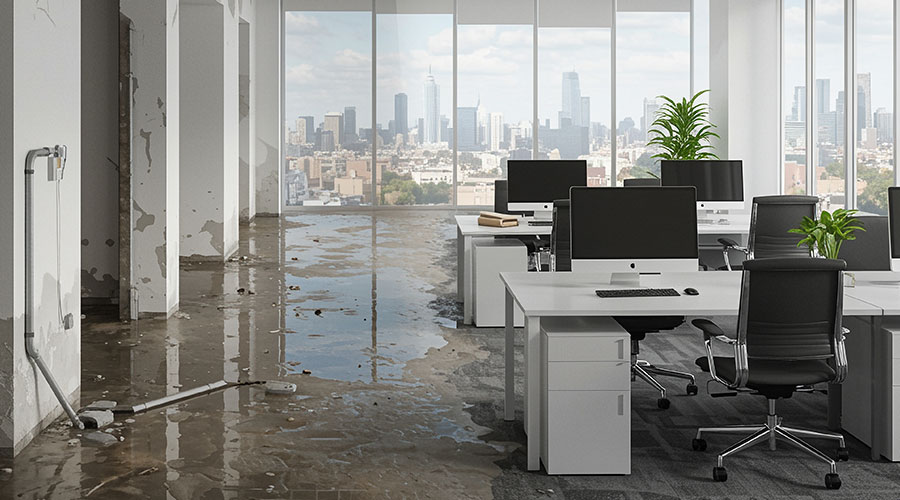The Latest Best Practices and Regulations for Pest Control
Staying up to date with practices and regulations helps keep pest control measures effective and compliant.
Pests of all stripes are a bother to deal with and control, however, there are best practices that can make pest control more doable. In addition, maintenance and engineering managers will also need to keep in mind the latest regulations so they can stay compliant.
In this manufacturer roundtable, Facility Maintenance Decisions spoke with pest control manufacturers about the best practices and latest regulations for pest control.
Facilities Maintenance Decisions: What are some best practices for managers to keep in mind with their pest control measures?
“Exclusion is always the most effective method of rodent pest control. If rodents cannot get into your facility, they are unlikely to cause problems. However, for some managers, this is not possible either by their nature such as agricultural buildings or because the rodents are causing issues outside on wires, plumbing, conduits or outdoor equipment, such as vehicles and machinery.
The next most important thing is to reduce the food and harborage that you may be inadvertently providing to rodents. Garbage is the most obvious, but there are other things that rats will chew on or consume. For example, a lot of natural products such as wicker and some textiles are sought after by rats for nesting materials. Certain landscaping encourages rats (Plumas grass, for example) to nest.”
— Blair Calder, chief executive officer, Automatic Trap Company
“For managers, the key to effective pest control lies in preventive measures. Sanitation, exclusion and regular monitoring create the foundation of any successful IPM program. By maintaining clean environments, sealing entry points, and routinely inspecting for signs of pest activity, managers can preemptively address potential issues before they escalate. Leveraging technologies like fertility control and Internet of Things devices can enhance these preventive strategies, making pest control more efficient and less reliant on reactive measures.”
— Courtney Ray, technical product director, SenesTech
“Proactive prevention is the most effective strategy for managing pest problems. Implementing preventive pest control measures can reduce the risk of infestations, preserve products, maintain smooth operations and protect business reputation. Best practices include:
Maintain FSMA compliance: If your facility must adhere to the Food Safety Modernization Act (FSMA), then many pest precautions may already be in place. Ensure that you follow an excellent food safety plan and reinforce pest control procedures that help minimize risk.
Examine all shipments: Carefully monitor all incoming and outgoing shipments, setting aside a quality assurance sample in a closed, labeled plastic container to detect any pests.
Document signs of an infestation: Look for holes in packages, pests crawling or flying around and larvae or webbing in or around products. Take detailed notes of where, when and what is observed, and share with your pest control professional.
Clean frequently and consistently: Promptly clean up any product spills or debris and establish a regular sanitation schedule for deep cleaning. Pay attention to cracks, crevices and holes where messes can accumulate.
Practice FIFO: Use the first-in, first-out (FIFO) approach to manage inventory, as deteriorating products attract stored product pests.
Prioritize proper storage: Store products in sealed containers that are elevated from the floor and kept away from walls. When possible, set the storage room temperatures to 60 degrees Fahrenheit or lower, because stored product pests cannot survive lower temperatures.
Maintain the facility: Repair any door or dock seals, levelers and weatherstripping. Seal up any gaps or cracks that could allow pest entry into a facility.”
— Ian Williams, technical services manager, Rollins, Inc.
Facilities Maintenance Decisions: What are the latest regulations and compliance standards in pest control that facilities managers need to be aware of?
“Longstanding pest control regulations help ensure safety for people, animals and the environment from potential hazards posed by treatments — even amid the increase in new treatment options.
Regulations include ensuring all pest control products are registered, properly labeled and tested for safety before implementation. These regulations are designed to help ensure that pest control operators’ application of these materials is conducted safely and responsibly.
Key regulatory standards include implementing preventive controls to address potential pest infestations, mandating regular sanitation of equipment and facilities to help minimize pest risk and maintaining detailed reports of pest control measures and monitoring activities. It is recommended to develop and implement an IPM plan that includes monitoring, preventive measures and targeted pest control interventions to help ensure pests are kept out of products in facilities.”
— Ian Williams, technical services manager, Rollins, Inc.
“Rodenticide is going to become more difficult to use.
In California, AB 1322 increases the restrictions on the use of second-generation anticoagulant rodenticides. Use on state-owned buildings and properties, as well as retail sale of these poisons is becoming increasingly restricted. It has been shown that rodenticides are having adverse effects on predator birds and wildlife such as hawks and mountain lions.
As we learn more about the adverse effects of these toxins, it seems likely that California will continue to make it more difficult to obtain and use these types of poison. Other states are considering similar bans; in time, we can expect a nationwide increase in regulation and restrictions.
Companies that are engaged in Organic Certified food production can expect an eventual prohibition of their use.”
— Blair Calder, chief executive officer, Automatic Trap Company
“Pest control practices must also adapt to evolving regulatory landscapes. In states like California, the use of rodenticides is becoming increasingly restricted due to their environmental and health impacts. This shift necessitates the adoption of alternative methods such as fertility control products and systems that are compliant and EPA approved. Managers must stay informed about these regulations to ensure compliance and explore innovative solutions that align with these new standards.”
— Courtney Ray, technical product director, SenesTech
Jeff Wardon, Jr. is the assistant editor for the facilities market.
Related Topics:













